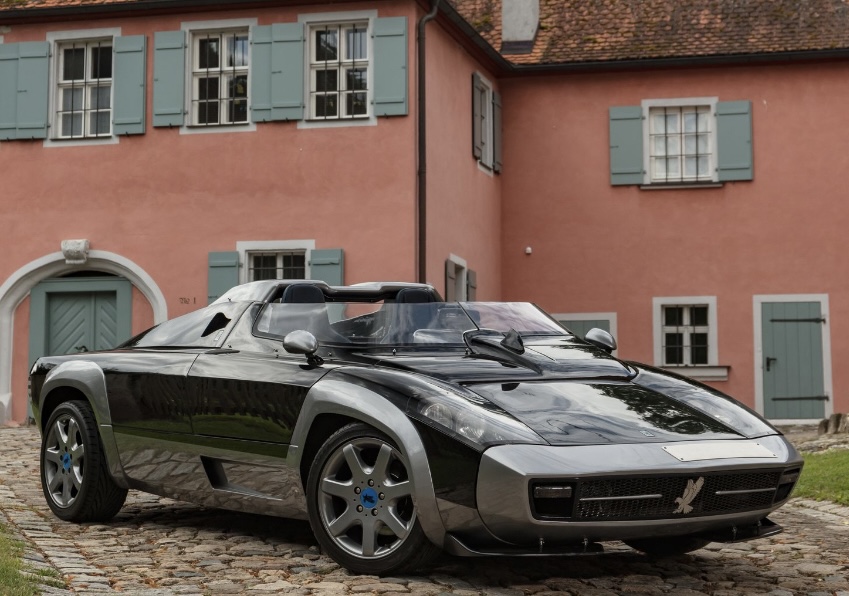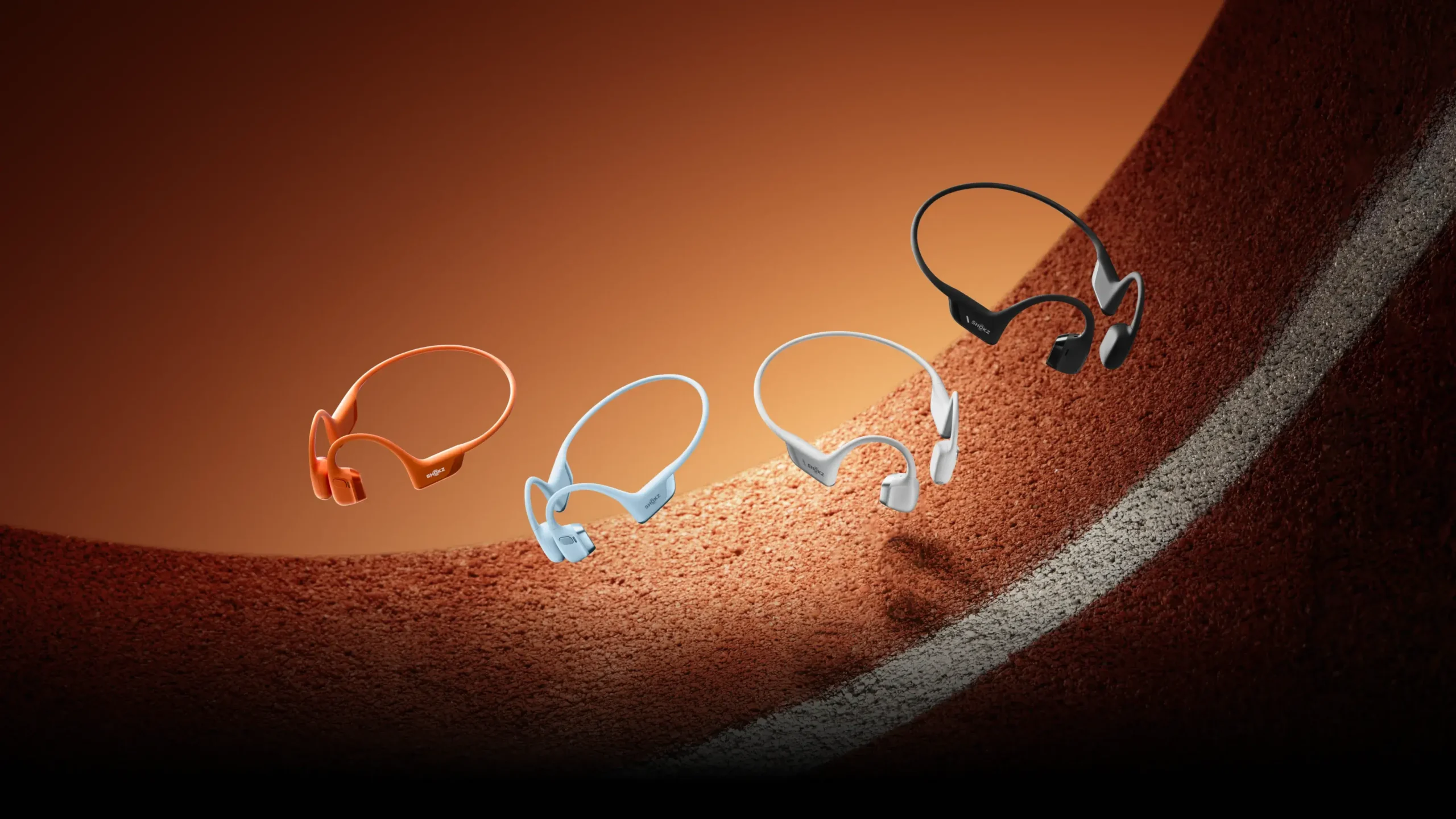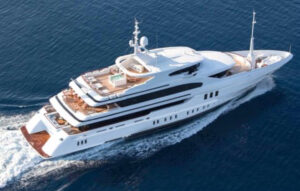The 1980s were an era of bold automotive design, groundbreaking engineering, and niche manufacturers pushing the boundaries of performance and exclusivity. Among the many exotic and obscure cars that emerged from this period, the Isdera 036i Spyder remains one of the rarest and most enigmatic. With only a handful of units ever built, this lightweight, open-top sports car combined German engineering precision with a uniquely handcrafted appeal. Unlike mainstream supercars from Ferrari, Porsche, or Lamborghini, the Isdera 036i Spyder was a true connoisseur’s car—offering a pure driving experience wrapped in a bespoke package.
Origins: A One-Man Dream Turned Reality
The Isdera 036i Spyder was the brainchild of Eberhard Schulz, a German automotive engineer and designer with an obsession for lightweight performance cars. Schulz’s journey began with the development of the CW311, a prototype that eventually evolved into the first car from his newly founded company, Isdera (short for “Ingenieurbüro für Styling, Design und Racing”). This small-scale manufacturer was dedicated to creating high-performance, low-production sports cars tailored to enthusiasts seeking something truly unique.
The 036i Spyder was introduced in 1983, marking a shift towards a more driver-focused, open-top experience. The car’s fundamental philosophy revolved around light weight, aerodynamics, and driver engagement—a formula reminiscent of classic race cars but infused with contemporary 1980s technology.
Design: Minimalist and Aerodynamic Excellence
At first glance, the Isdera 036i Spyder is a strikingly minimalist machine, featuring a sleek, wedge-like body with sharp angles and a low-profile stance. Designed for maximum aerodynamic efficiency, the car’s styling was inspired by race-bred principles rather than aesthetic trends.
Key Design Elements:
•Lightweight Fiberglass Body: The 036i Spyder’s body was crafted from fiberglass, ensuring weight savings without sacrificing durability.
•Open-Top Configuration: Unlike many exotic sports cars of its time, the Spyder emphasized an immersive driving experience with an open cabin and minimal barriers between the driver and the elements.
•Pop-Up Headlights: A signature feature of 1980s performance cars, the retractable headlights contributed to the car’s clean, aerodynamic lines.
•Gullwing-Style Rear Engine Cover: In a nod to Isdera’s earlier creations, the rear engine bay featured a gullwing-style opening, enhancing both cooling and access to the powerplant.
The cockpit was strictly focused on the driver, with a no-nonsense dashboard, analog gauges, and a spartan interior that prioritized function over luxury. While competitors such as Ferrari and Porsche were offering plush interiors, Isdera’s approach was raw and unfiltered—a characteristic that made the car truly special for purists.
Performance: Engineering Precision Meets Driving Purity
The Isdera 036i Spyder was not just about aesthetics—it was a serious performer that emphasized power-to-weight efficiency. Unlike mass-produced supercars that prioritized brute force, the 036i Spyder focused on agility, balance, and an intimate connection between driver and machine.
Engine and Powertrain:
Under the hood (or rather, behind the driver) sat a Mercedes-Benz-sourced 2.3L inline-four engine. This M102 engine was the same unit found in the Mercedes-Benz 190E 2.3-16, a performance-oriented variant developed in collaboration with Cosworth. Though not as powerful as larger V8 or V12 engines found in rival supercars, this powerplant was chosen for its reliability, smooth power delivery, and rev-happy nature.
•Displacement: 2.3 liters
•Power Output: Approximately 136–150 horsepower
•Transmission: 5-speed manual
•Drivetrain: Rear-wheel drive
While these numbers may seem modest compared to the era’s turbocharged monsters, the key to the 036i Spyder’s performance was its incredibly light weight—tipping the scales at around 900 kg (1,984 lbs). This resulted in an impressive power-to-weight ratio, allowing for nimble handling, quick acceleration, and exceptional road feel.
Driving Dynamics:
The chassis was engineered to provide maximum driver feedback and engagement. Thanks to its mid-engine layout and lightweight construction, the car exhibited sharp turn-in response, balanced weight distribution, and excellent grip. The double-wishbone suspension system ensured precise handling, making it a joy to push through corners.
The manual gearbox added another layer of involvement, demanding precise inputs from the driver. Unlike modern-day sports cars with electronic aids, the 036i Spyder was a pure analog experience, free from traction control or power steering.
Rarity and Exclusivity: The Hallmark of Isdera
One of the defining characteristics of Isdera cars is their extreme rarity. Unlike larger manufacturers, Isdera built cars by hand, often on a made-to-order basis. Each unit was meticulously crafted with bespoke specifications, ensuring that no two cars were identical.
It is estimated that only a handful of 036i Spyders were ever produced—some sources suggest fewer than 20 units were built in total. This scarcity has made the car a highly sought-after collector’s item, with very few ever appearing on the market.
Why Was It So Rare?
Handcrafted Manufacturing: Unlike mainstream automakers, Isdera operated more like a boutique workshop, limiting production numbers.
High Cost of Production: The combination of handmade construction and high-quality engineering made the car expensive, reducing its accessibility.
Limited Market Appeal: The 036i Spyder was built for hardcore enthusiasts rather than mass-market buyers, further narrowing its potential customer base.
Because of its low production numbers, finding an Isdera 036i Spyder today is an exceptionally rare occurrence. Many have disappeared into private collections, with only a handful surfacing at auctions.
Legacy: A Forgotten Hero of the 1980s
Despite its obscurity, the Isdera 036i Spyder holds a unique place in automotive history. While it never gained the mainstream recognition of Ferrari’s Testarossa or Porsche’s 911 Turbo, it remains a symbol of uncompromising engineering, exclusivity, and driver-focused design.
Key Reasons for Its Cult Status:
•A True Driver’s Car: In an era when electronics were beginning to take over, the 036i Spyder remained a pure, analog experience.
•Ultra-Rare Collectible: With only a handful of units ever built, owning one is a dream for enthusiasts and collectors alike.
•Handcrafted Excellence: Unlike mass-produced exotics, each Isdera was a bespoke creation, adding to its mystique.
Today, Isdera continues to be revered among die-hard automotive enthusiasts, and while the 036i Spyder might not be as widely recognized as its successor, the Isdera Imperator 108i, it remains one of the most fascinating and elusive sports cars of its time.
Final Thoughts: The Isdera 036i Spyder – A Hidden Gem
The Isdera 036i Spyder is a perfect example of 1980s automotive passion and ingenuity. It wasn’t the fastest, the most powerful, or the most luxurious sports car of its time, but it represented a purity of design and engineering that is increasingly rare in today’s world. For those lucky enough to see one in the wild—or even better, drive one—it offers a raw, unfiltered connection between car and driver that few modern vehicles can match.
For collectors and enthusiasts, the Isdera 036i Spyder remains a highly desirable piece of automotive history, embodying the spirit of lightweight performance, hand-built craftsmanship, and uncompromising exclusivity. A rare icon of the 1980s, it stands as a testament to what can be achieved when engineering meets passion—a car that may be forgotten by the masses, but never by those who truly appreciate automotive artistry.
No comments yet.








